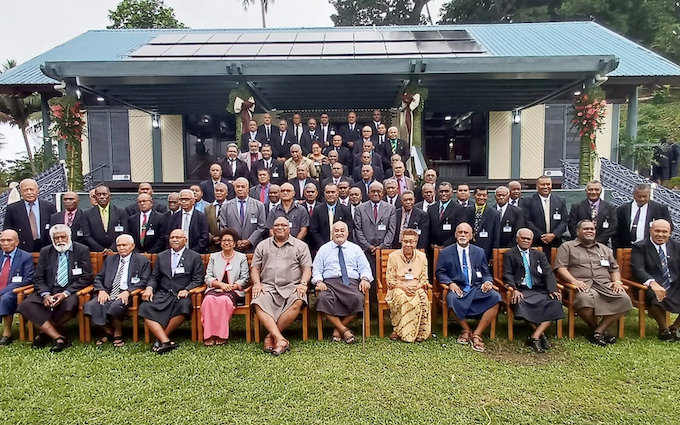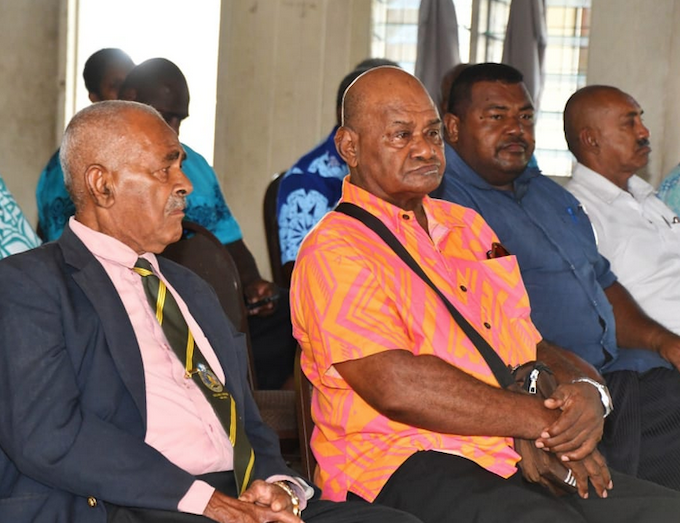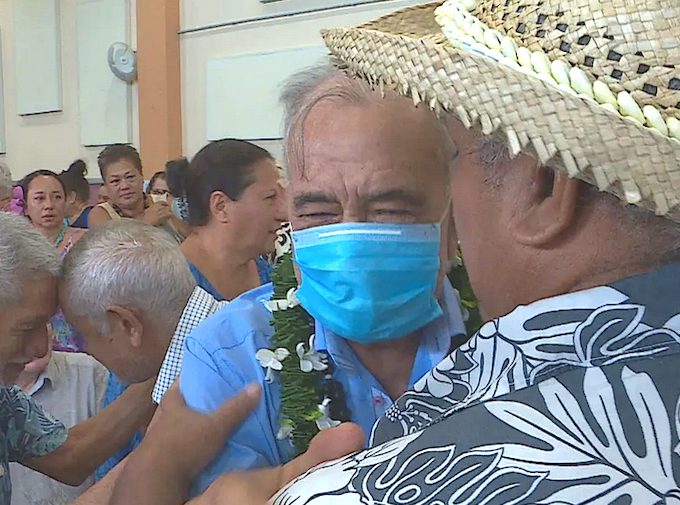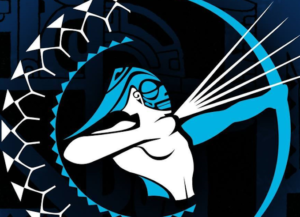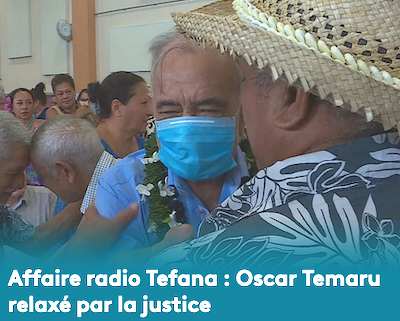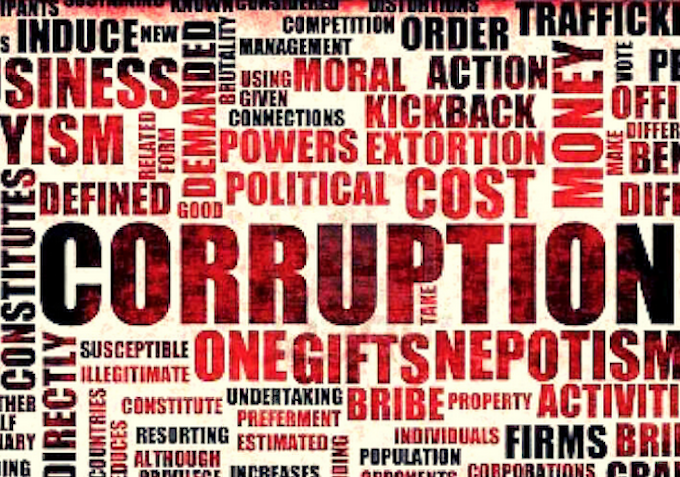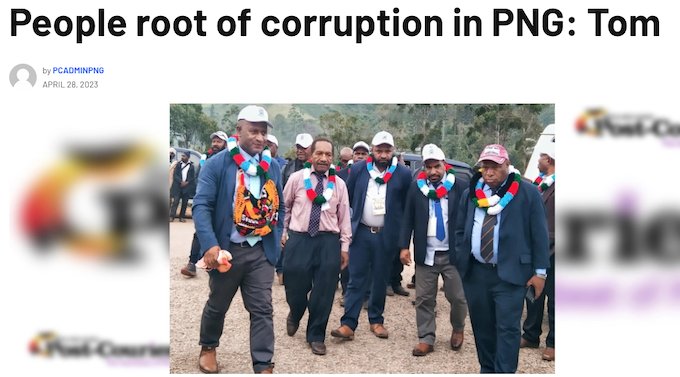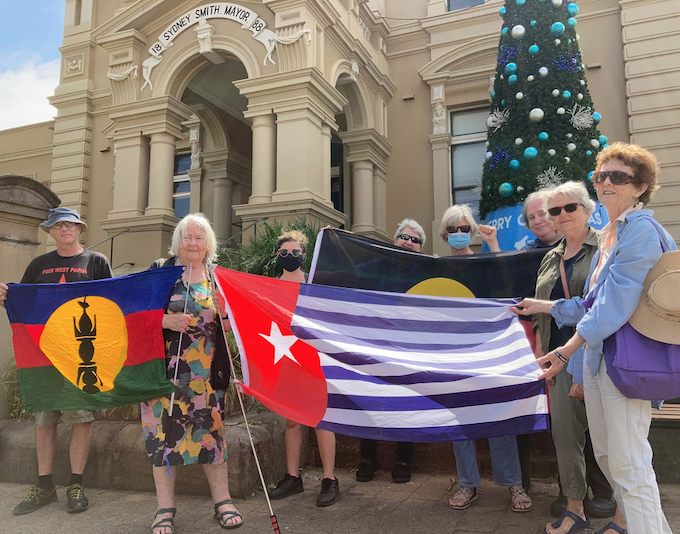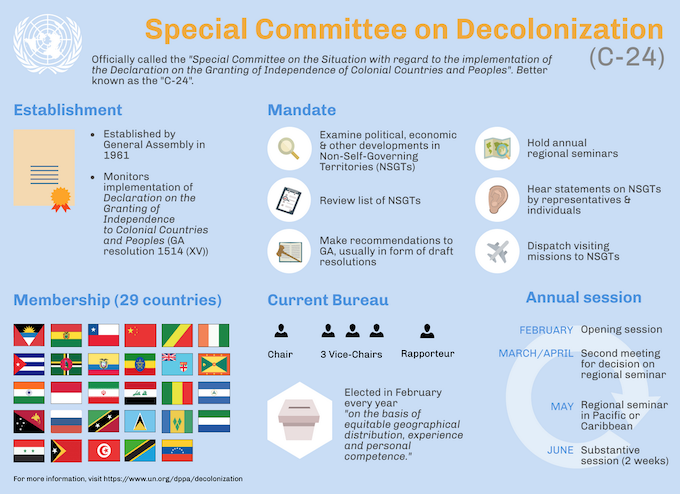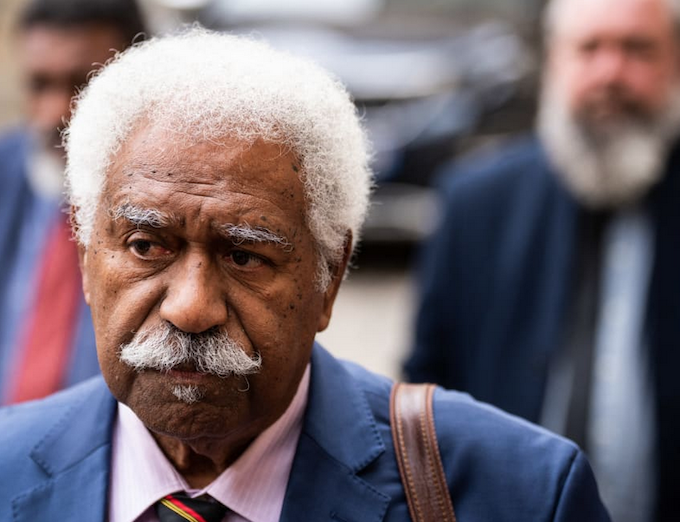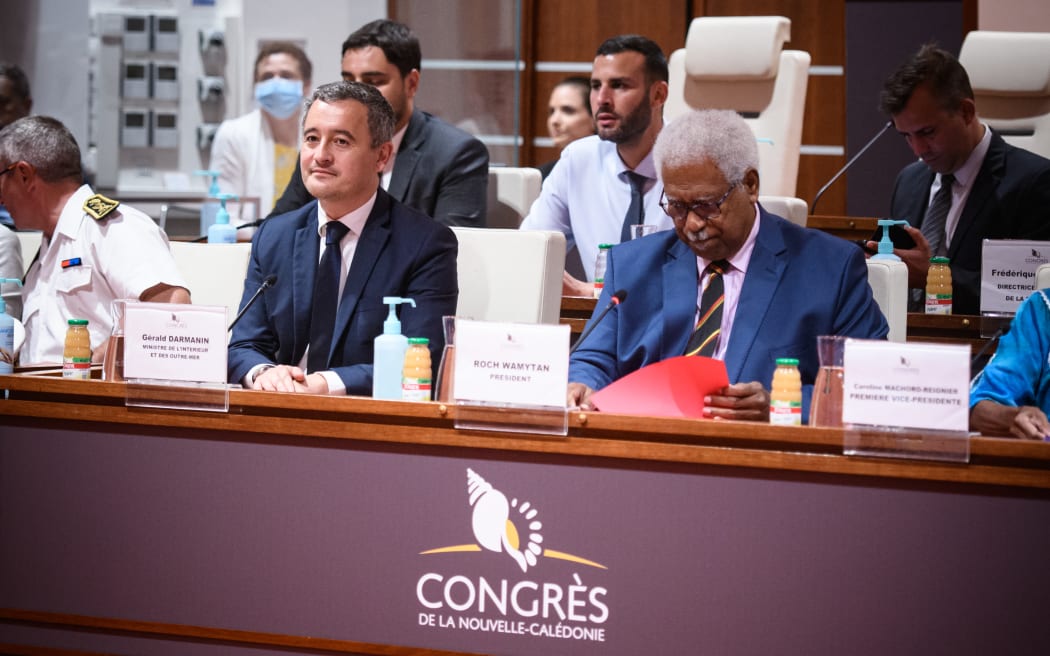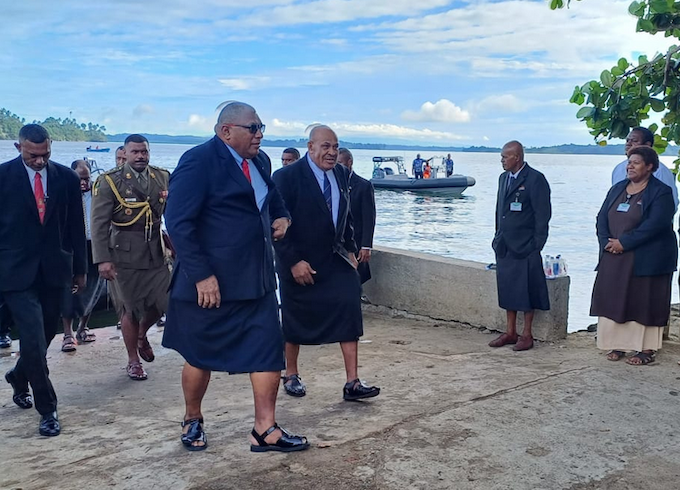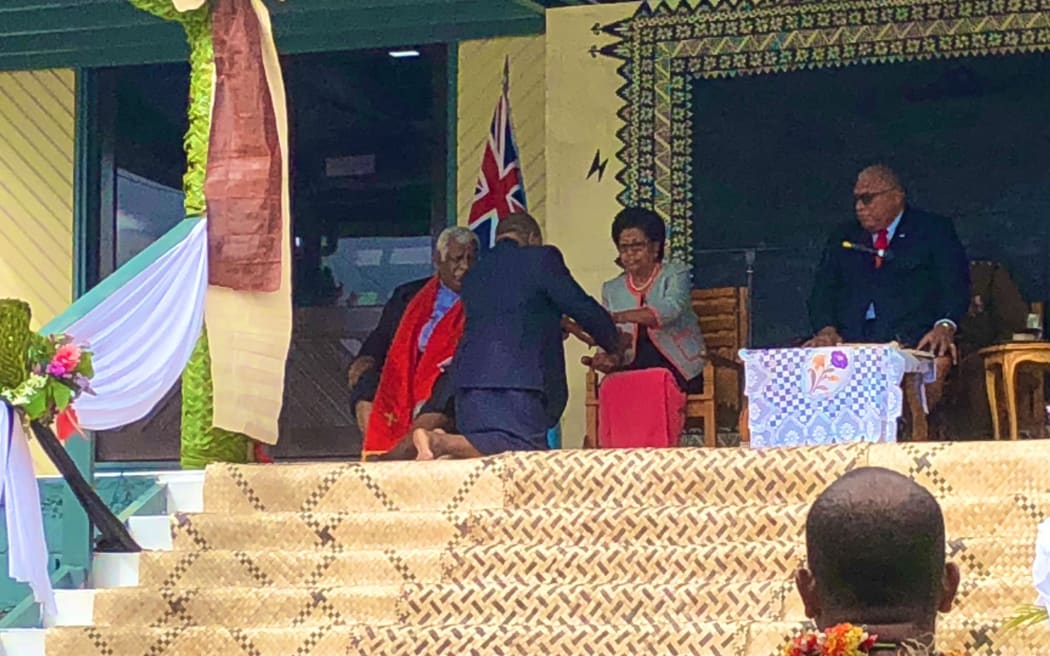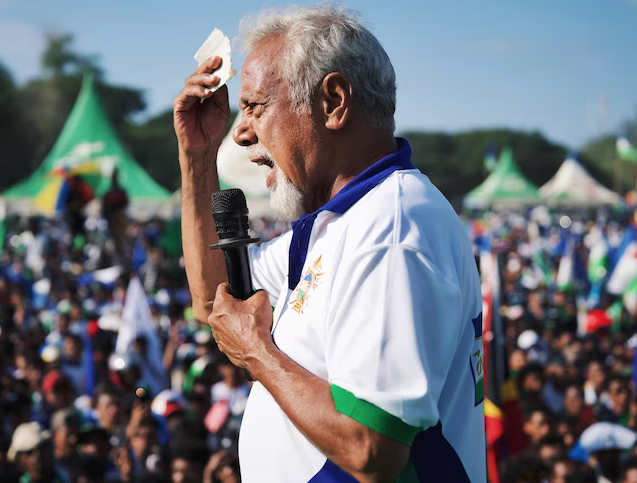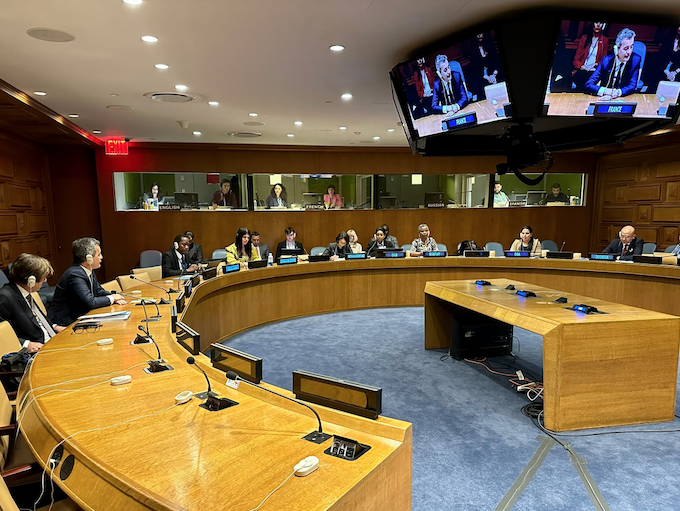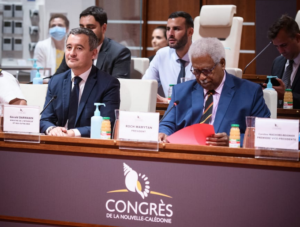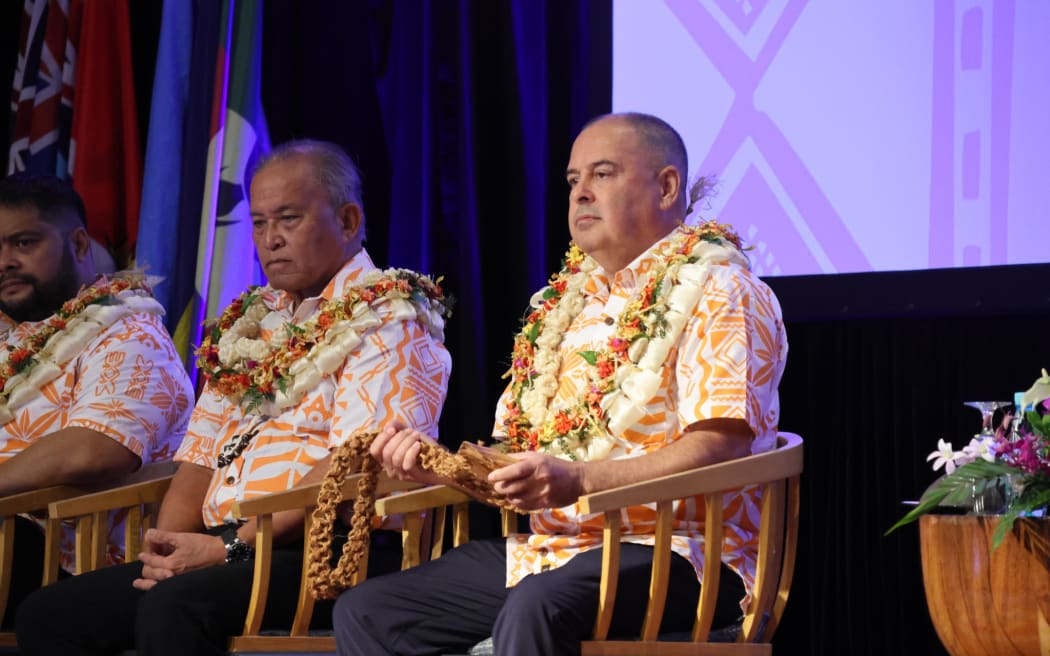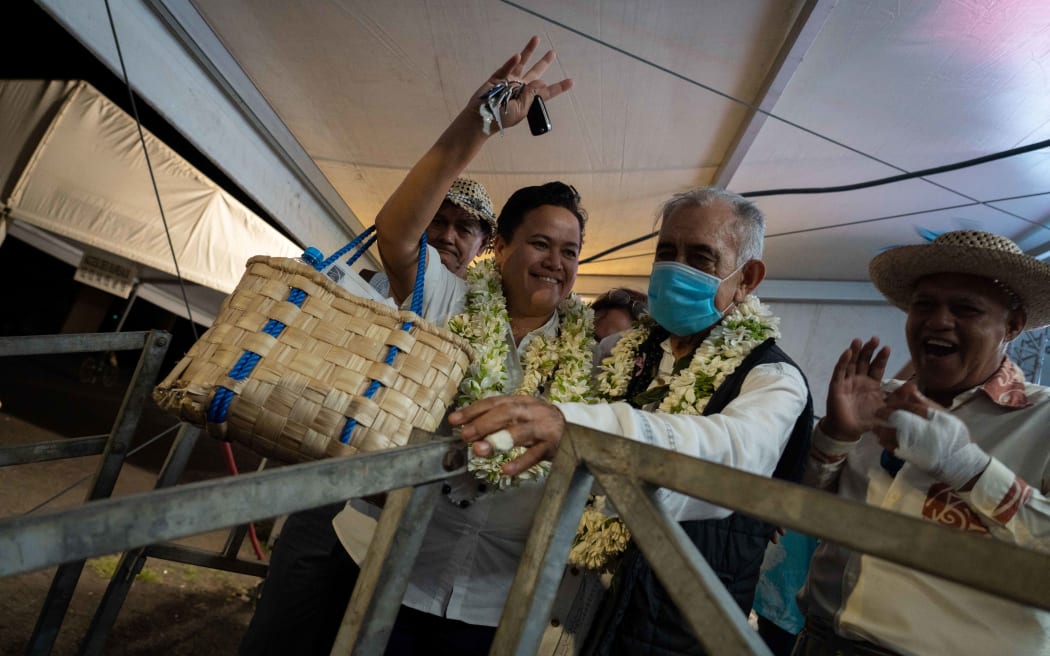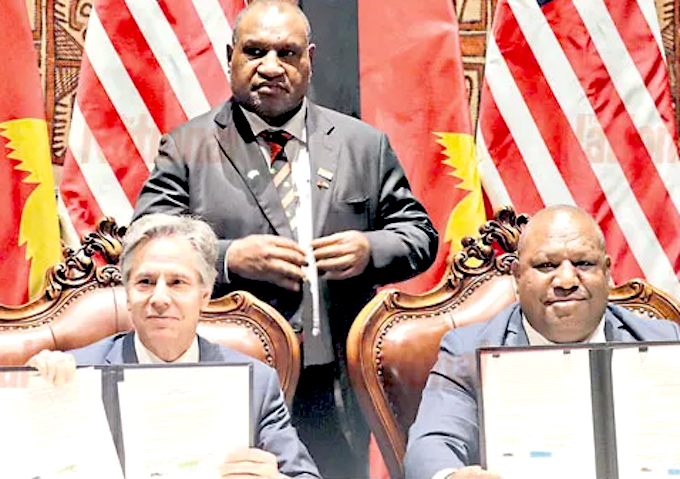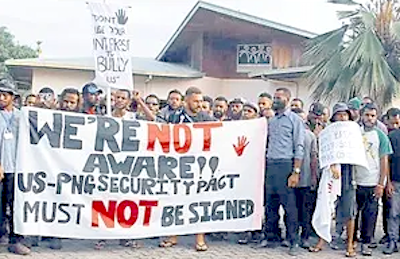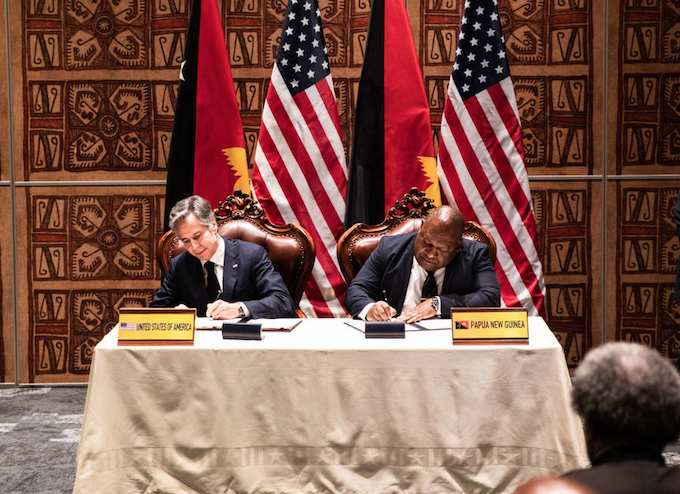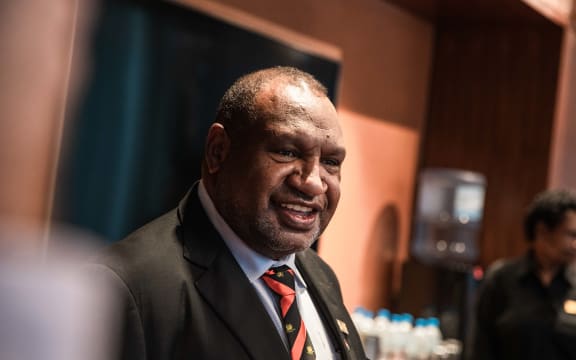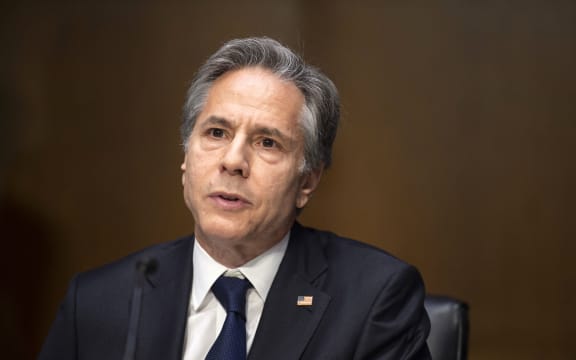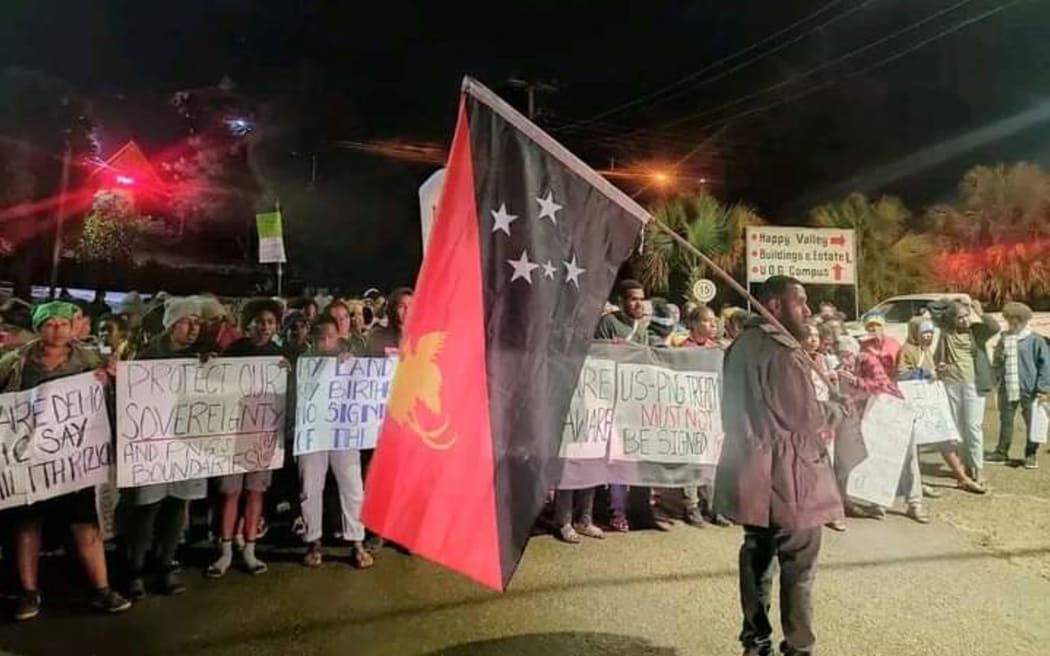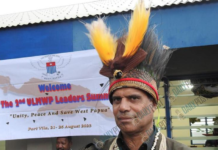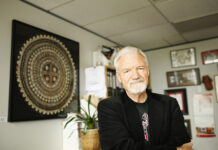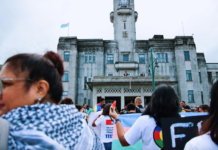By Iliesa Tora and Kelvin Anthony
Fiji’s Great Council of Chiefs has endorsed the reinstatement of a lease distribution policy with the iTaukei Land Trust Board.
The decision was reached by interim council members who met on Bau Island yesterday shortly after the historic re-establishment of the council, which was abolished in 2007 by then prime minister Voreqe Bainimarama.
The lease distribution policy outlines the payment scheme for revenue generated through Fiji’s complicated system of native land leases which can be tens of millions of dollars a year or even more than that for the wealthier tribes.
- READ MORE: Fiji President welcomes inclusive ‘new dawn’ for Great Council of Chiefs
- Other Great Council of Chiefs reports
The former FijiFirst government removed the policy and introduced Equal Rent Distribution in 2011.
This meant every member of the mataqali, or landowning unit, received the same amount from lease payments, regardless of their status.
The Minister for iTaukei Affairs, Ifereimi Vasu, said the chiefs endorsed the reinstatement of the original policy at a reduced percentage.
This means after the iTaukei Land Trust Board (TLTB), which oversees all native leases takes its 10 percent poundage fee, the remaining funds are to be distributed as follows:
- 5 percent for the Turaga iTaukei (Village Chiefs)
- 10 percent for the Turaga Qali (Village Elders)
- 15 percent for the Turaga ni Mataqali (Clan Leader)
- 70 percent to be shared equally among remaining members
Vasu said concerns had been raised with them that some mataqali members around Fiji take their lease money and do not contribute to the vanua or the village’s development.
“Most of our visits to the province, most stated that the equal distribution is not helping, it really is not helping those that are leading the vanua, they are really struggling.
“In a sense, now that we are having equal distribution, people don’t bother about what is happening on the vanua, they have taken their share, they have gone, and all the responsibilities are handled by the chiefs.”
Ifereimi Vasu said it was also decided that a development fund be set up to cater for future iTaukei development needs.
“As an outcome of the discussion, the meeting endorsed the setting up of a special fund for the future, iTaukei Development Funding, which will be sourced from the percentage of the TLTB poundage and the percent of the lease money,” he said.
Chiefs to hear from review committee
Apart from the lease distribution policy, the chiefs also agreed to hear back from a committee conducting a review of the Great Council of Chiefs which will guide the form and function of the new council.
The review team, led by Ratu Jone Baledrokadroka, has until the end of July to complete their work.
A final report will be presented to the council upon its completion.
Ratu Baledrokadroka said the council — which was accused of being a racist organisation in the past — has indicated a willingness to open up as a body for all Fijians, which is a positive endorsement of the work his team is carrying out.
He said, in reinventing itself, it is important for the council to keep out of politics.
“The GCC is willing to open up the institution making it more apolitical. We are trying to make sure that, into the future, it doesn’t commit the mistakes of the past,” Ratu Baledrokadroka said.
“That has been the biggest mistake for the GCC that it had delved into politics which had seen it disestablished by the previous government.”
Speaking after the presentation to the meeting yesterday, Ratu Baledrokadroka said their brief presentation on what they had been able to gather so far was well received.
“We have done nine provinces. What they are wanting is inclusiveness, that the GCC represents all ethnicities and all sections of society, the youth, the women.
“We give our recommendations on what people say. What we will produce is what the people have said.
“What has come out very strongly today is that the GCC and the chiefs are for all, not just for iTaukeis; they are willing to take on that responsibility for all.”
Ratu Baledrokadroka said the traditional ceremonies of apologies and forgiveness that took place at the opening ceremony augured well for the way Fiji was moving.
Future membership
Minister of iTaukei Affairs Vasu confirmed yesterday that the current membership of the GCC was temporary.
He said the re-establishment of the GCC was scheduled for May.
“Its actual make up will come from what the Review Team finalises. The people and the chiefs will decide how the GCC will move forward,” Vasu added.
Vasu said calls made for the inclusion of other races and groupings in the GCC membership would have to be decided when the review team “come back and give us their final analysis of what the people and the chiefs are saying”.
The meeting of the interim council members continued today on Bau Island and was expected to conclude this afternoon.
Iliesa Tora is a RNZ Pacific senior journalist and Kelvin Anthony is lead digital and social media journalist. This article is republished under a community partnership agreement with RNZ.
